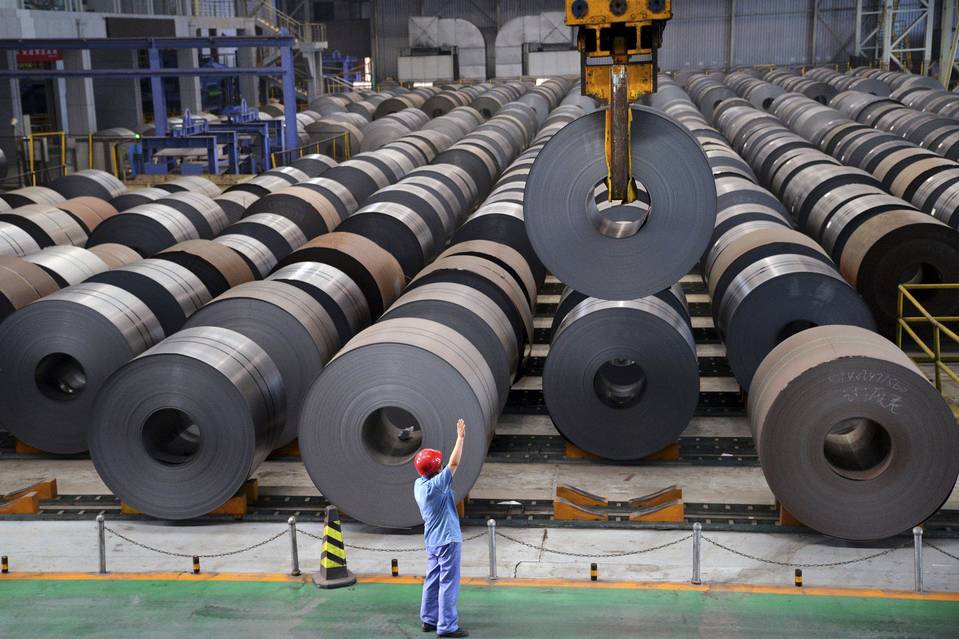In recent days there has been a focus on the U.S. and China Steel Industry. In the last post on this blog the Markets & Metals Monthly Report that we post showed an increase in U.S. scrap prices for crushed autobodies. The last news update posted on the Chinese steel market showed prices retreating at the end of March.
On Monday a Reuters article, announced that China’s 6.9% growth in economy was the fastest in six quarters. The article attributes the rapid growth to higher government infrastructure spending and a “gravity-defying property boom.” However, the sustainability of this growth is being questioned by analysts. They worry that Beijing is relying too much on stimulus and “old economy growth drivers,” the steel industry and property market.
“The Chinese government has a tendency to rely on infrastructure development to sustain growth in the long term,” economists at ANZ said in a note.
“The question is whether this investment-led model is sustainable as the authorities have trouble taming credit. We need to watch closely whether China’s top leadership will send a stronger signal to tighten monetary policy shortly.” -Steel, stimulus drive China’s strongest economic growth since 2015, Reuters.
It appears too in China that sales growth has already started falling. Dozens of cities announced property cooling measures in recent weeks. Prior to these measures the housing boom helped fuel China’s industrial firms profits. The Reuters article stated that China produced a record amount of steel in March. However, analysts say warning signs are flashing. Steel output could be growing faster than demand which may lead to excess product later in the year. Consequently, trade tensions could heighten with the U.S.
Speaking of, a Bloomberg article yesterday afternoon reviews the “Buy American” executive order signed by President Trump on Tuesday. The “melted and poured” policy forces projects like new or expanded pipelines to use U.S. steel.
The American Iron and Steel Institute said Tuesday “the executive order is a positive step in ensuring full enforcement of existing Buy America laws and ensuring the steel industry remain competitive.” -Trump’s Insistence in Pushing U.S.-Produced Steel Has Skeptics, Bloomberg
Some analysts, like Lee McMillan from Clarkson Platou Securities, is kind of skeptical it even happens. McMillan mentions that it’s unclear if large scale construction projects such as a U.S-Mexico wall will even go ahead. Market players worry about increased costs that could delay or cancel projects.
The debate over this order comes when steelmakers in America just finished off their best collective stock performance since 2003. According to Bloomberg, domestic hot-rolled coil rose 55% last year. The executive order also includes a clause to review visa programs for foreign workers. This initiative too will likely increase costs for steel producers making things more difficult for domestic mills.

